The Allure of Fast Food
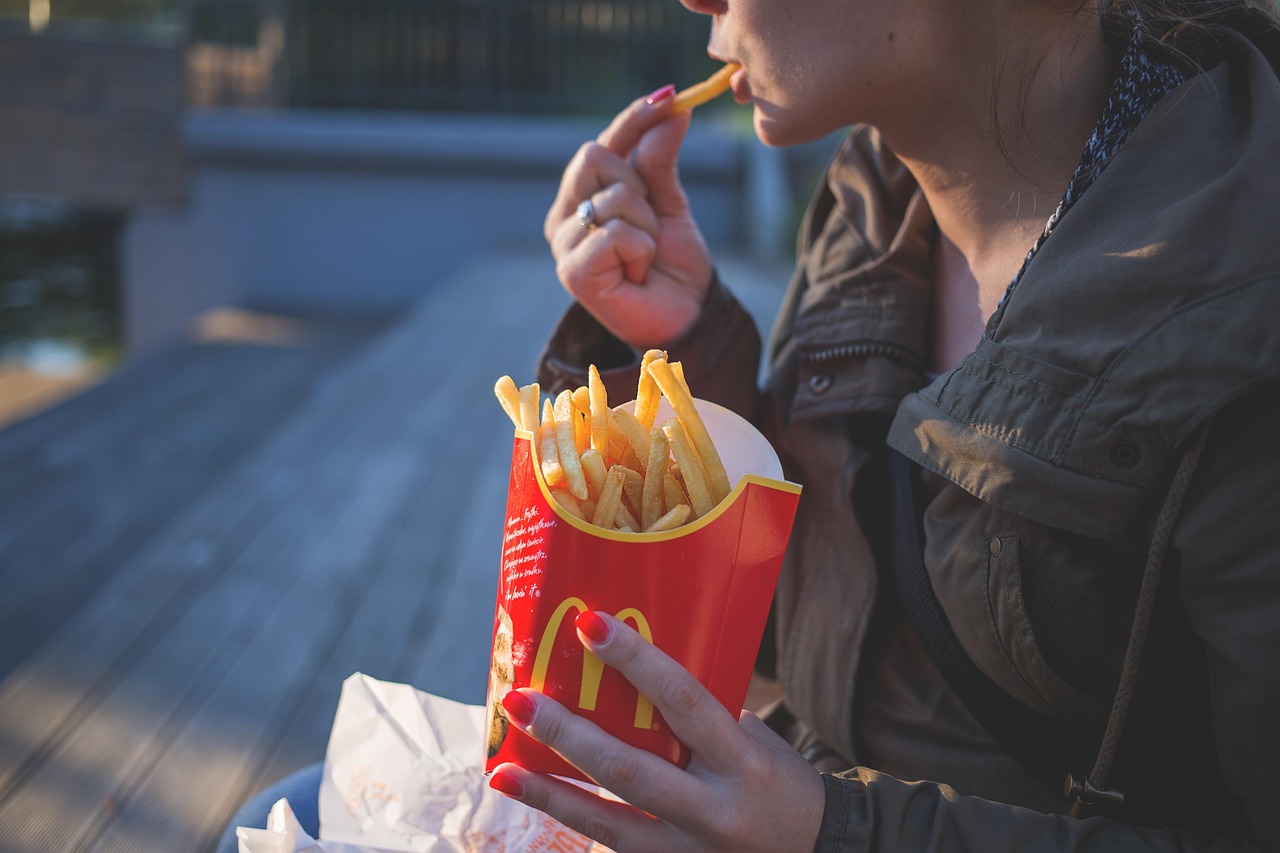
Fast food has become an integral part of modern life, providing quick meals for busy schedules. However, the convenience of fast food comes with hidden financial costs. While a single meal may seem inexpensive, frequent visits can quickly add up. For instance, spending just $10 per day on fast food results in $3,650 a year. Moreover, fast food is often linked to health issues like obesity and heart disease, potentially leading to high medical expenses. The immediate gratification of a quick meal often blinds us to the long-term financial burden it creates. People may think they are saving time, but the health repercussions and costs far outweigh the fleeting convenience.
Subscription Services: The Silent Drain
Subscription services have surged in popularity, offering everything from streaming content to meal kits. While they promise convenience, their cumulative cost can be staggering. Many people sign up for multiple services, forgetting to cancel the ones they rarely use. For example, subscribing to four services at $10 each per month amounts to almost $500 annually. These costs are often overlooked because they are deducted automatically. It’s easy to lose track, making it a silent drain on your finances. The allure of endless content and instant gratification often disguises the hefty price tag attached to these subscriptions.
Online Shopping: The Click of a Button
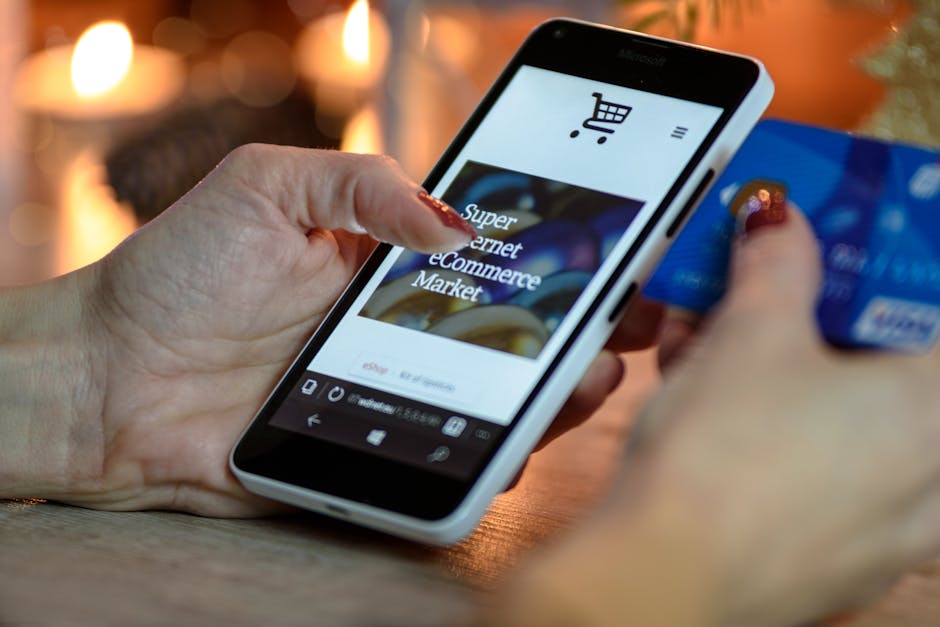
Online shopping offers the ease of purchasing from home, but it comes with hidden financial pitfalls. The convenience of one-click purchases often leads to impulsive buying. Retailers use tactics like limited-time offers to entice buyers, resulting in unnecessary expenses. Furthermore, the cost of shipping and returns can add up. A seemingly small purchase can double in price with added fees. Online shopping also encourages mindless spending, as the physical act of shopping is reduced to a simple click. This detachment from the transaction can lead to financial strain without realizing it.
Credit Cards: The Illusion of Affordability
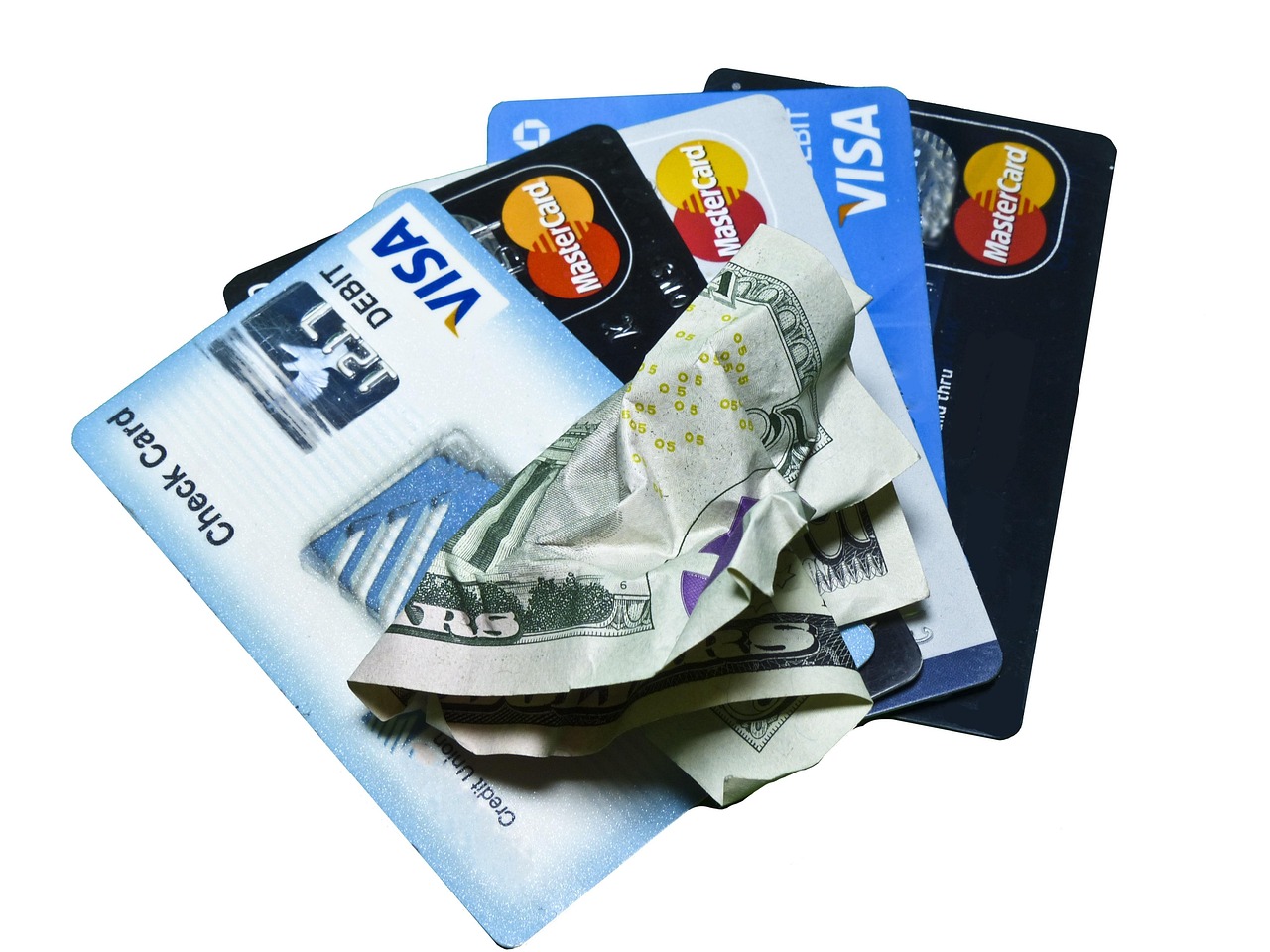
Credit cards offer a convenient way to make purchases, but they often create an illusion of affordability. Many people fall into the trap of spending beyond their means, lured by the promise of rewards and cash back. However, carrying a balance incurs high-interest rates, leading to debt accumulation. A $1,000 purchase can end up costing much more if not paid off quickly. The convenience of credit cards often overshadows the reality of debt, creating a cycle of financial dependency. It’s crucial to recognize the true cost of credit card convenience before it spirals out of control.
Ride-Sharing Services: The Cost of Convenience
Ride-sharing services like Uber and Lyft offer an easy way to get around, but their convenience comes at a price. Frequent use can lead to significant expenses over time. A daily ride costing $10 can accumulate to $3,650 annually. Additionally, surge pricing during peak hours can drastically increase fares, catching users off guard. While ride-sharing is convenient, it’s essential to consider alternative transportation options. The hidden costs of convenience can quickly add up, leaving a substantial dent in your finances.
Smart Devices: The Price of Connectivity
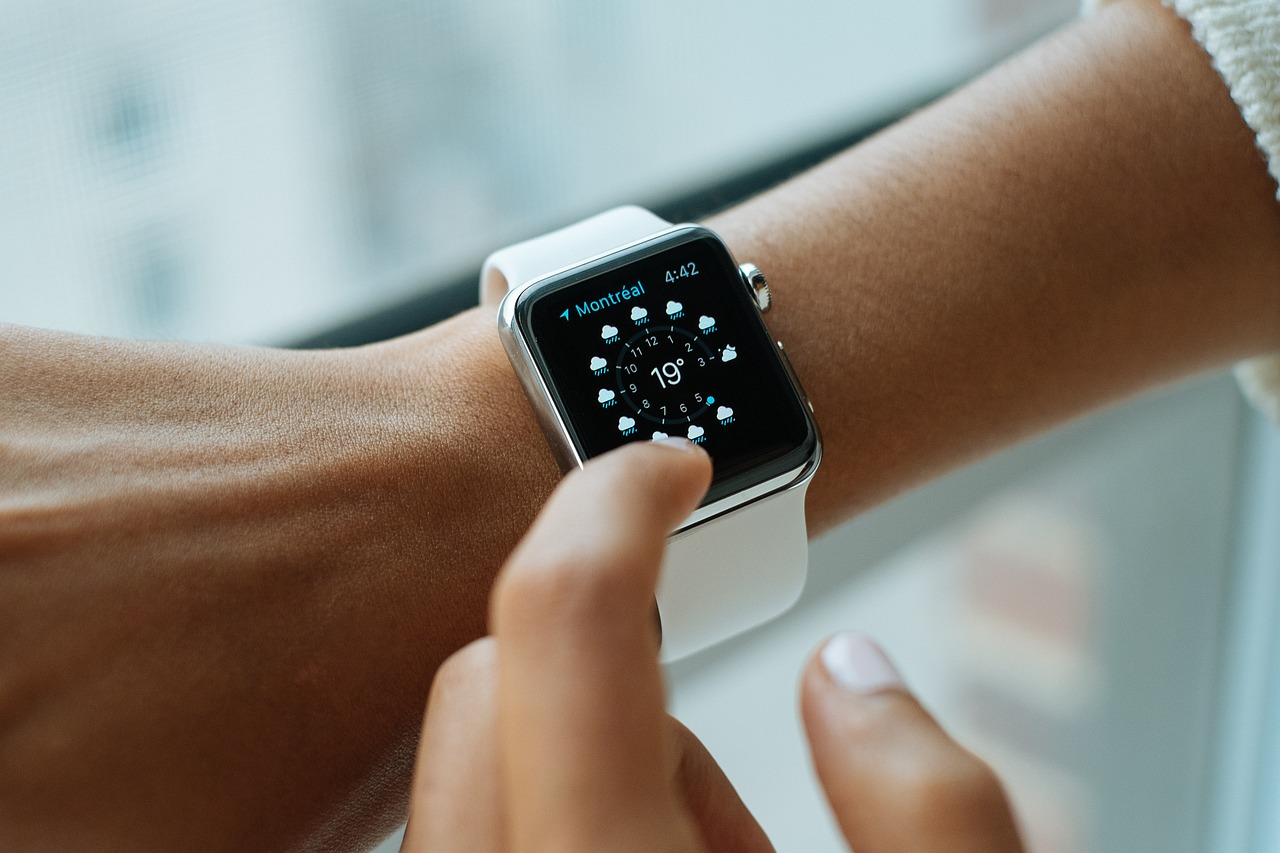
Smart devices have revolutionized how we live, offering unparalleled convenience and connectivity. However, the financial cost of maintaining a smart home can be significant. Devices like smart speakers, thermostats, and cameras require constant updates and maintenance. Additionally, they often come with subscription fees for premium features. The initial cost of purchasing these devices is just the beginning, as ongoing expenses can add up quickly. While smart devices offer convenience, it’s important to weigh their financial impact against the benefits they provide.
Meal Delivery Apps: Convenience at a Cost
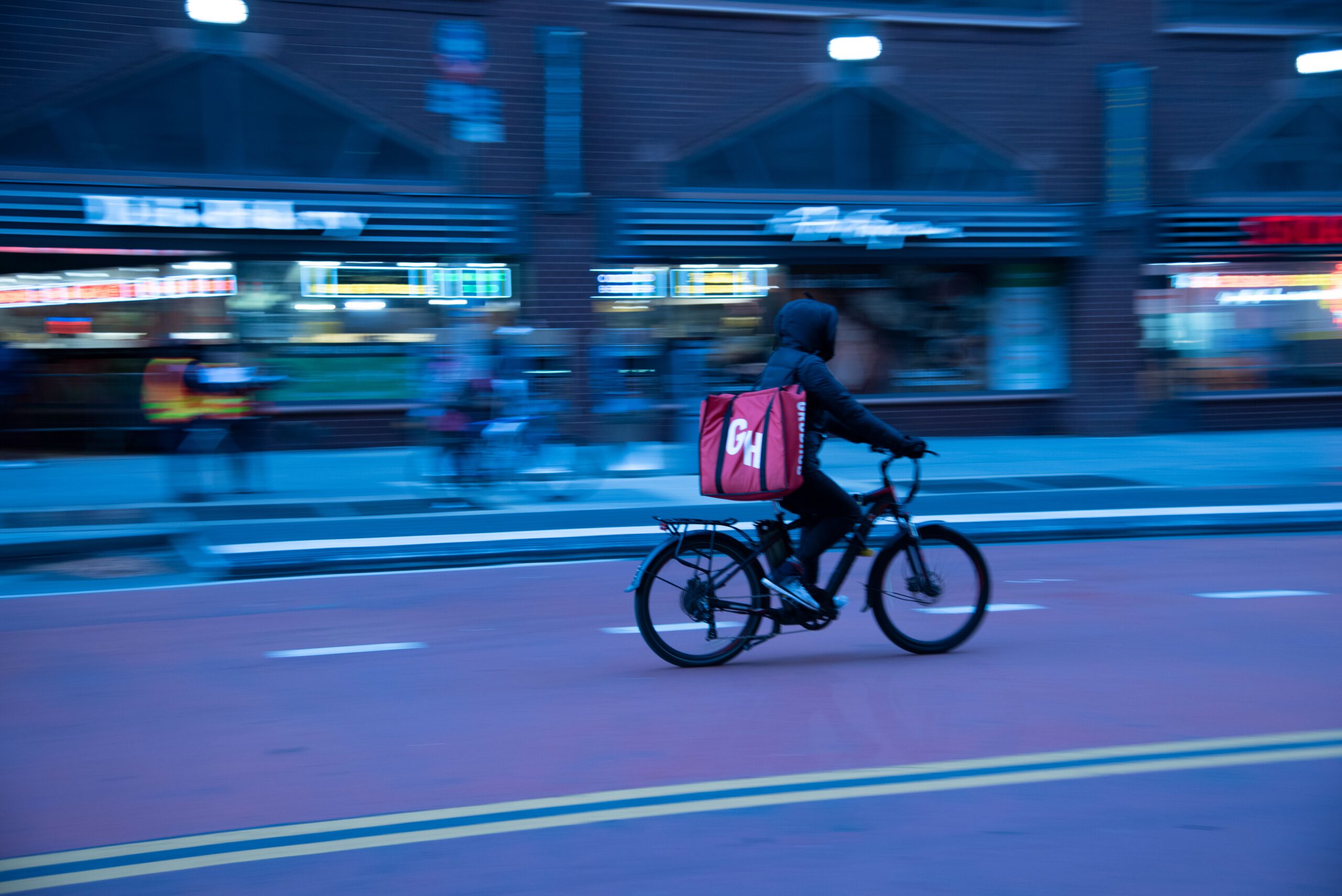
Meal delivery apps have become increasingly popular, providing a convenient way to enjoy restaurant food at home. However, the convenience of meal delivery comes with hidden costs. Service fees, delivery charges, and tips can significantly inflate the price of a meal. A $15 meal can easily become $25 or more with additional fees. Frequent use of meal delivery apps can strain your budget, making it an expensive habit. The convenience of having food delivered to your door often masks the financial burden it creates.
Convenience Stores: Paying for Ease
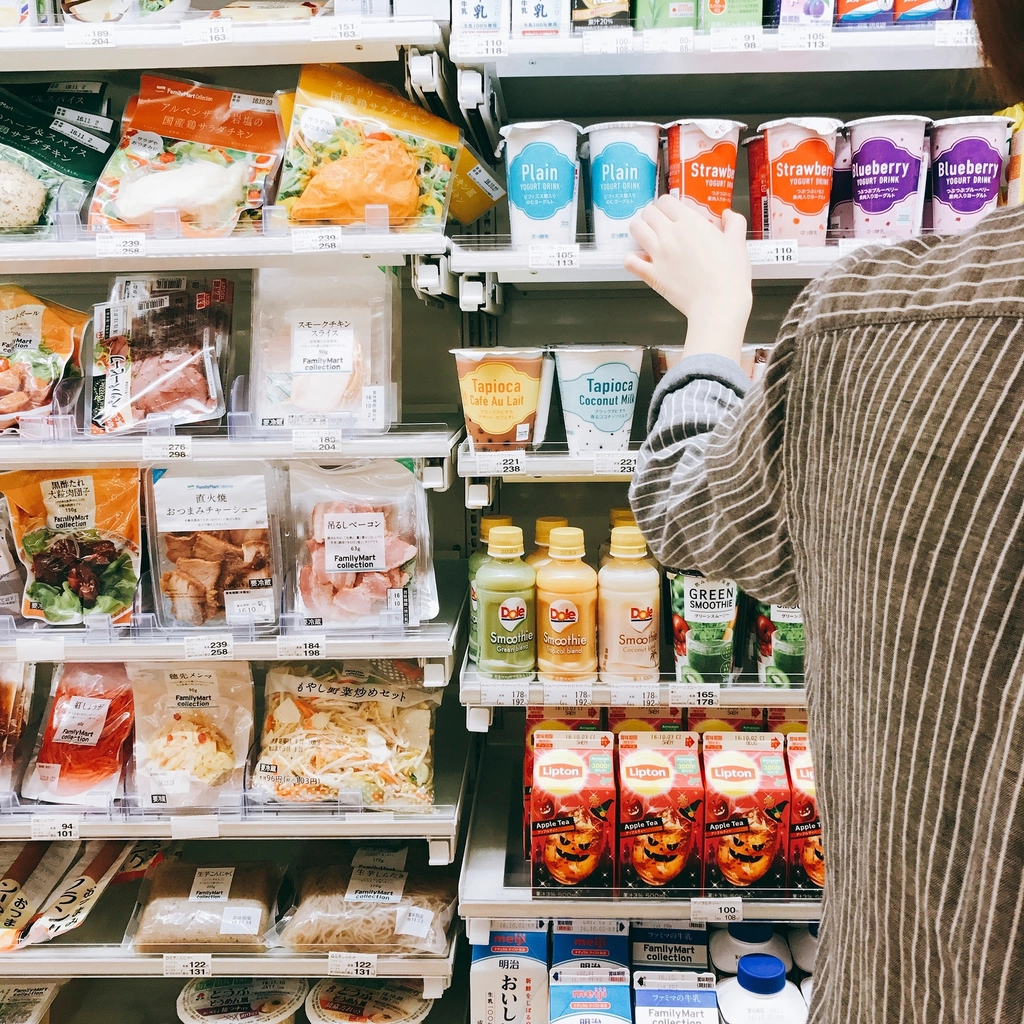
Convenience stores are aptly named, offering a quick and easy way to purchase necessities. However, the convenience often comes at a premium price. Items at convenience stores are typically more expensive than those at larger retailers. The markup on goods can add up over time, leading to unnecessary expenses. While the ease of grabbing what you need quickly is appealing, it’s important to consider the long-term financial impact. Opting for larger retailers or planning purchases in advance can help mitigate these costs.
Energy Drinks: The Price of Instant Energy
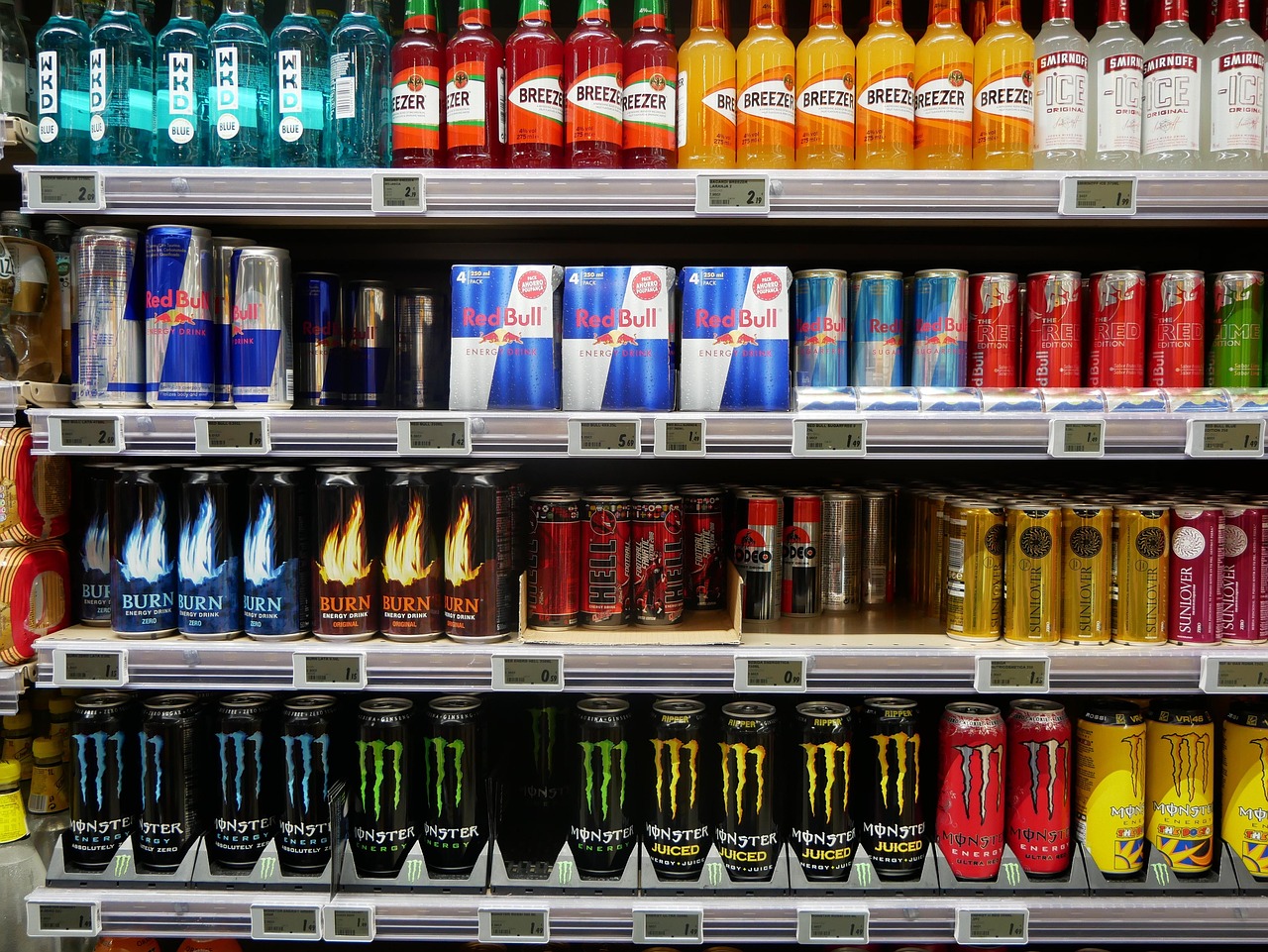
Energy drinks offer a quick boost of energy, making them popular among busy individuals. However, the financial cost of relying on energy drinks can be substantial. A daily energy drink habit can cost hundreds of dollars annually. Additionally, energy drinks are often linked to health risks, potentially leading to medical expenses. The convenience of instant energy often comes at the expense of financial and physical well-being. It’s important to weigh the true cost of energy drinks before making them a regular part of your routine.
Convenience in Fashion: Fast Fashion Costs
Fast fashion offers trendy clothing at affordable prices, but the convenience of fast fashion has hidden costs. The low prices often come at the expense of quality, leading to frequent replacements. Over time, the cost of replacing worn-out clothing can add up. Additionally, fast fashion has environmental and ethical implications, contributing to pollution and poor labor practices. While the convenience of fast fashion is appealing, it’s important to consider the broader financial and ethical impact. Investing in higher-quality clothing may have a higher initial cost, but it can save money in the long run.




